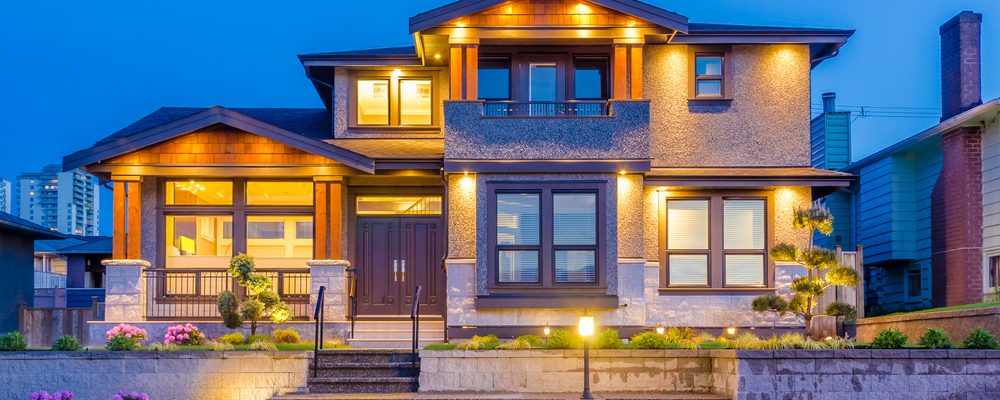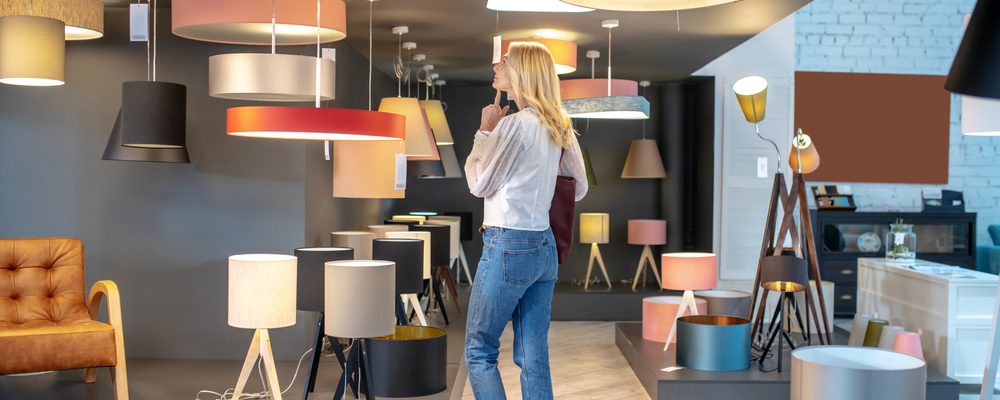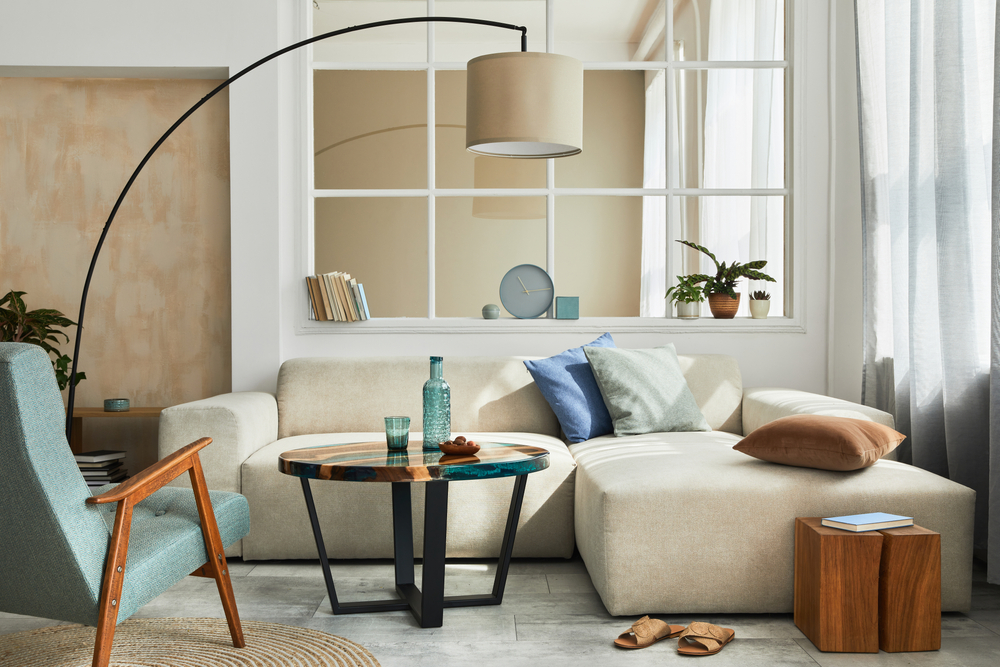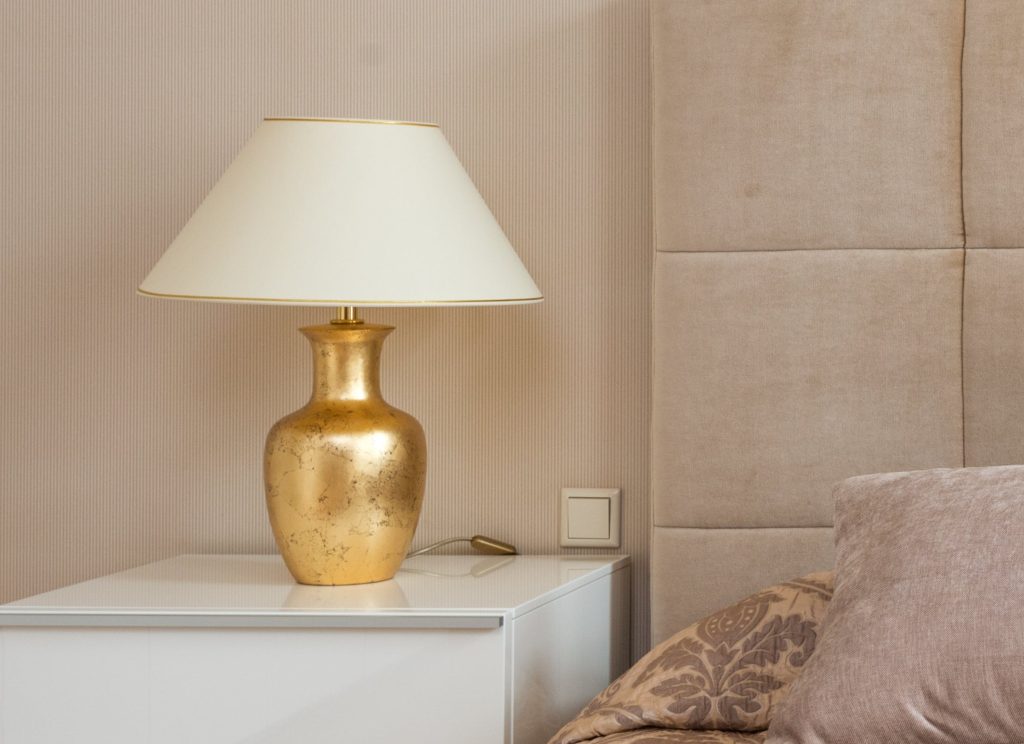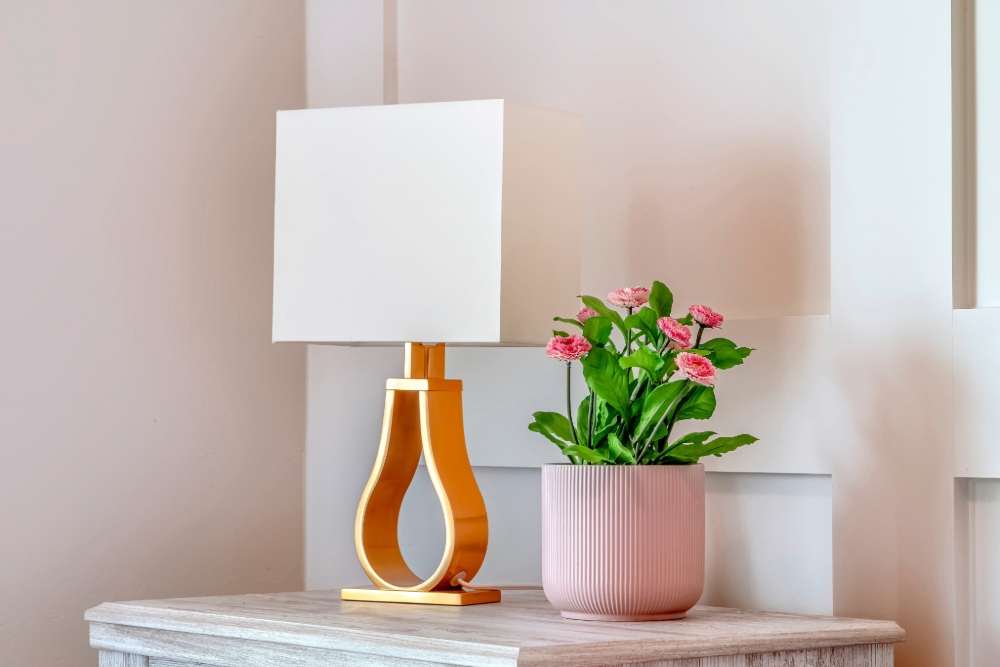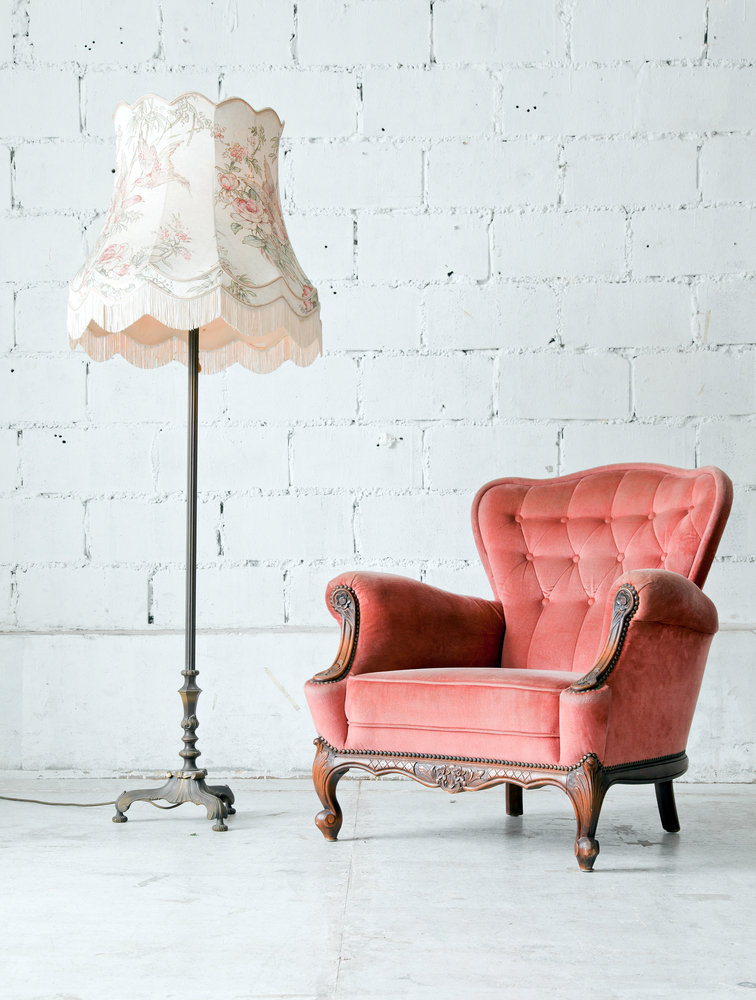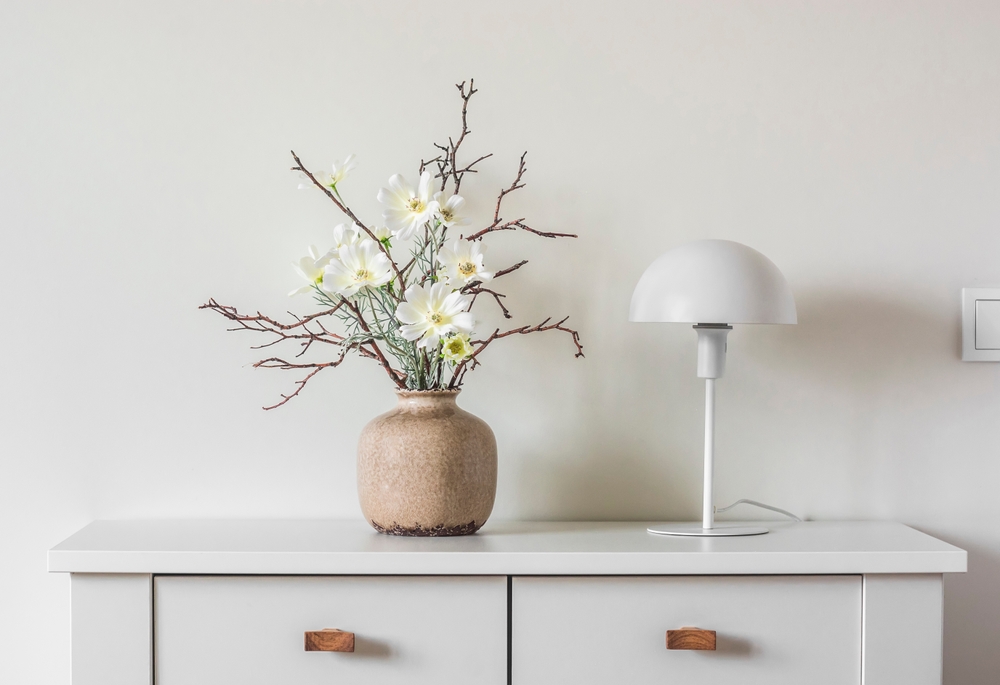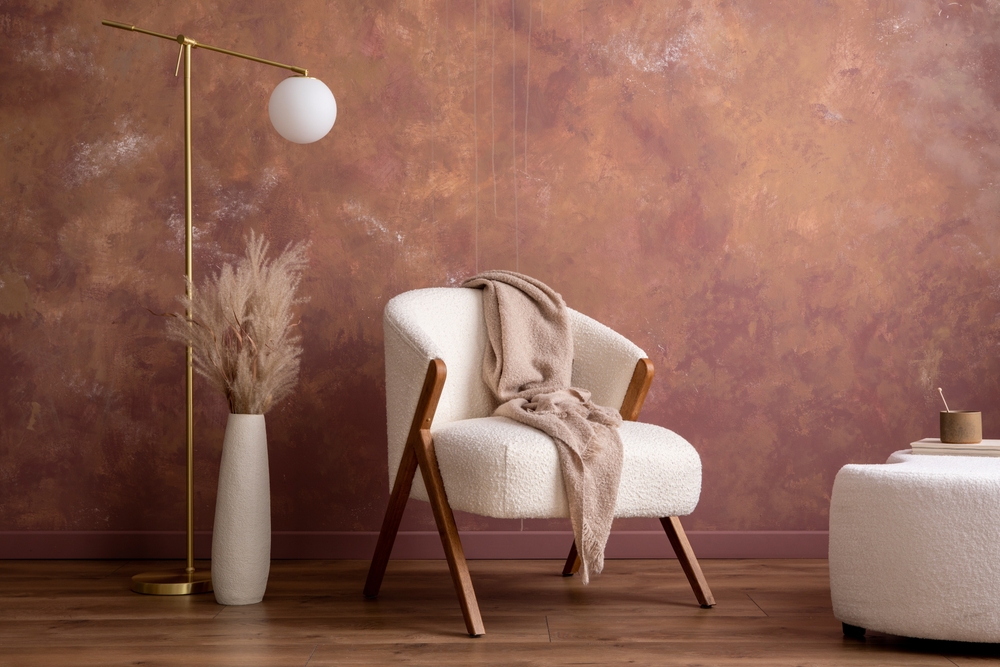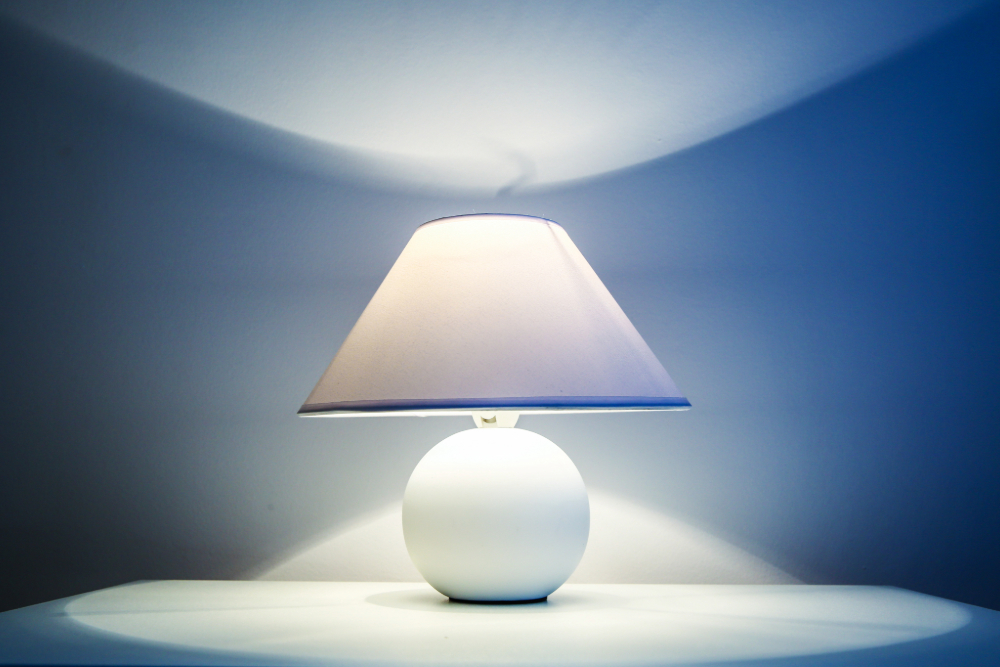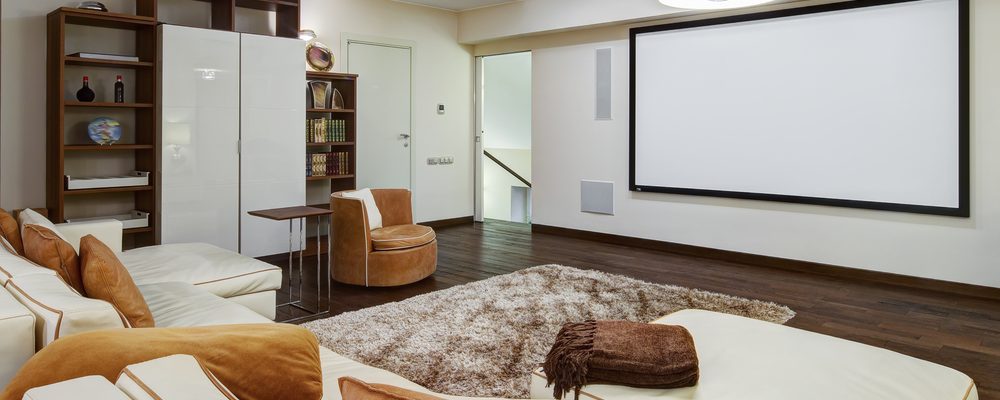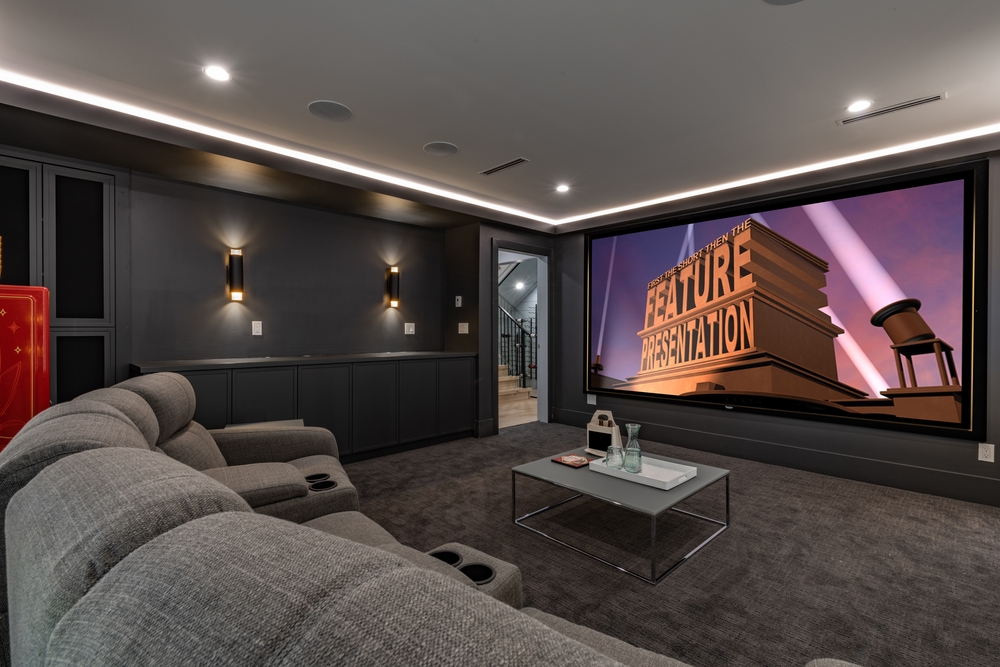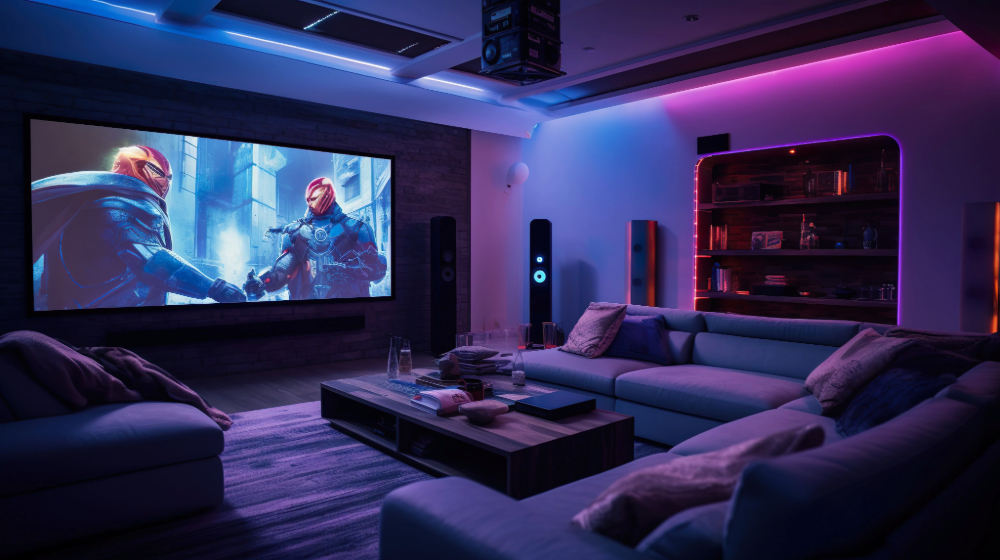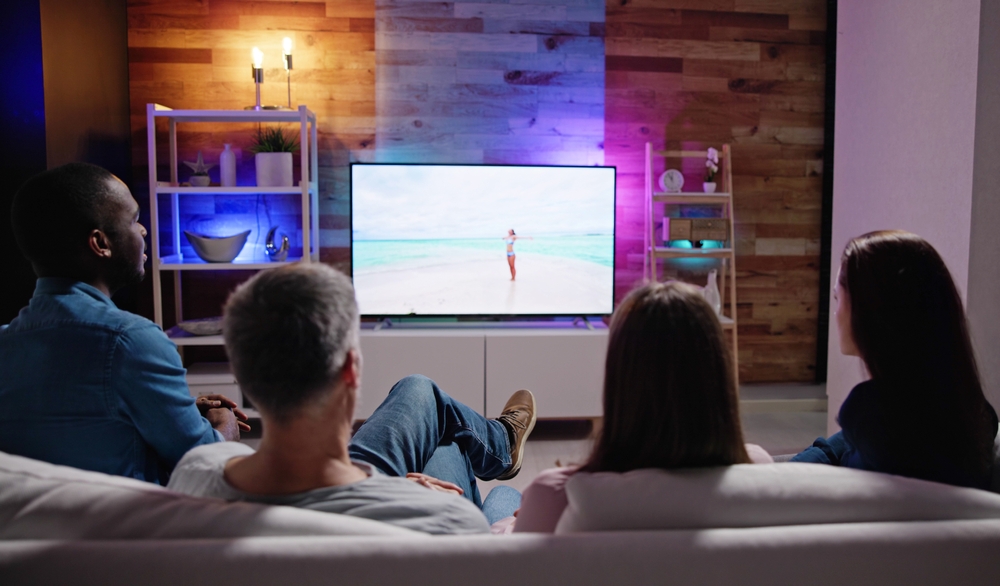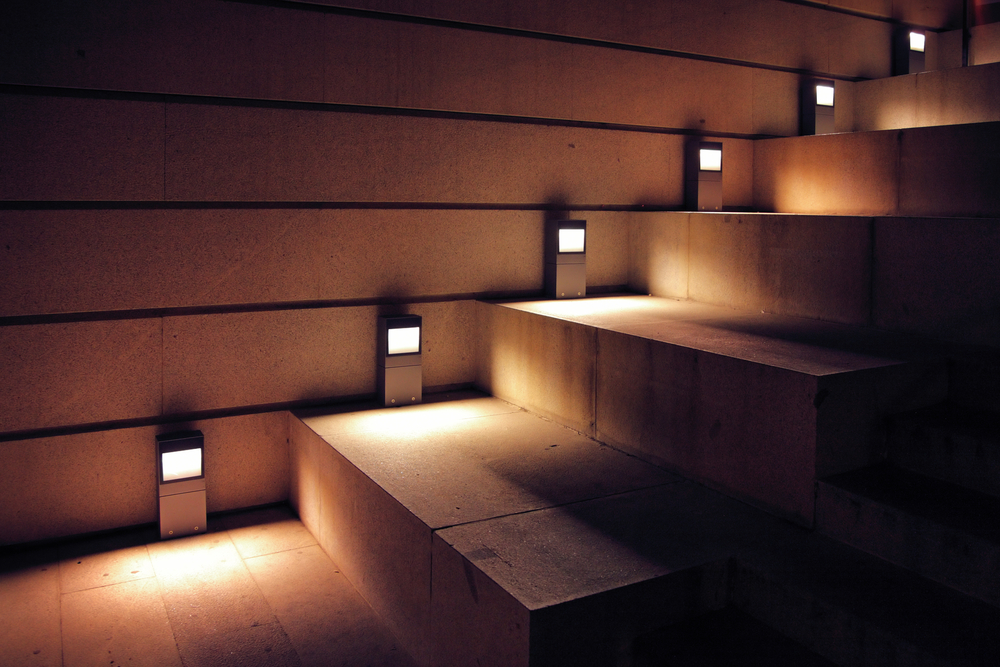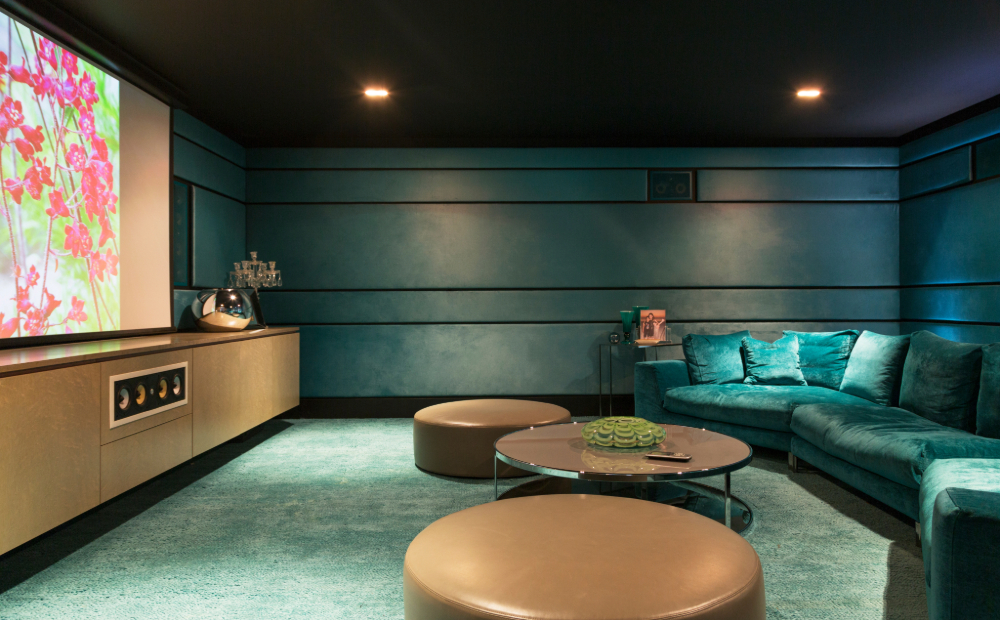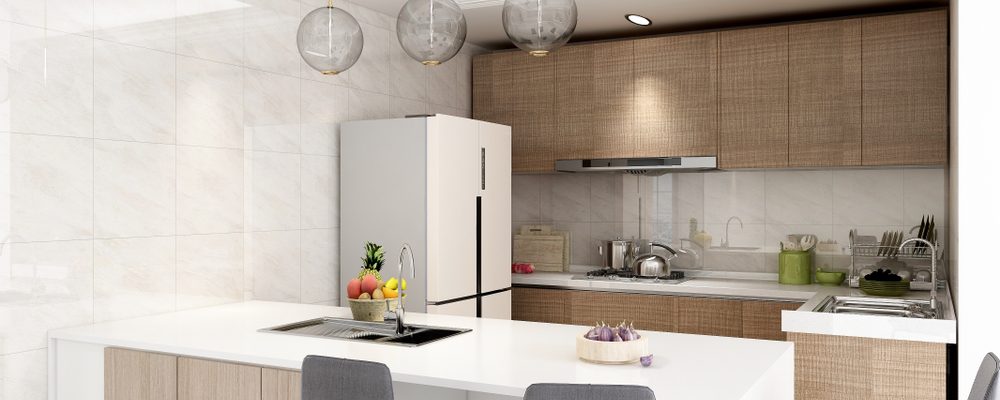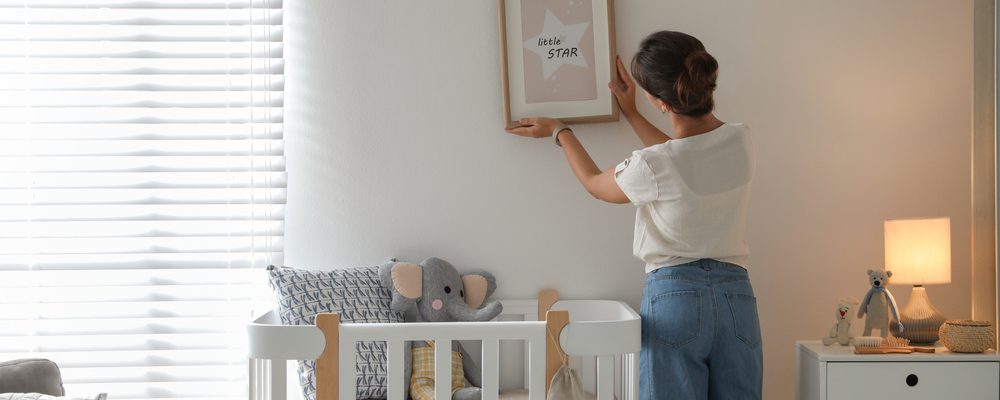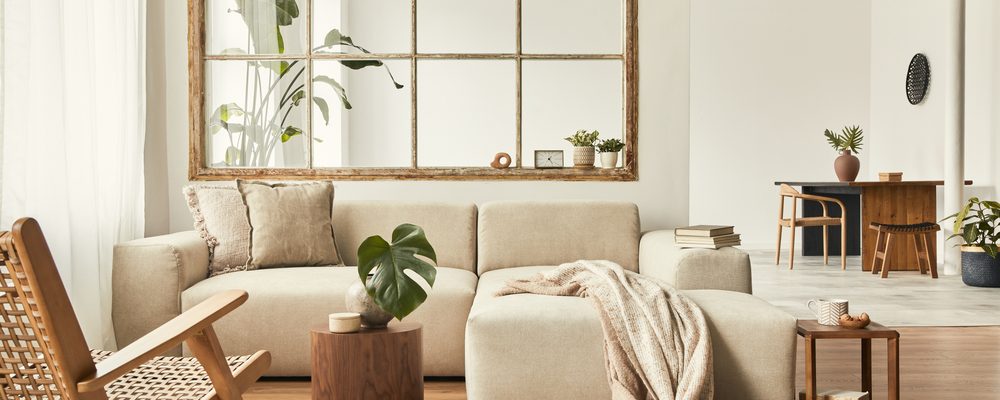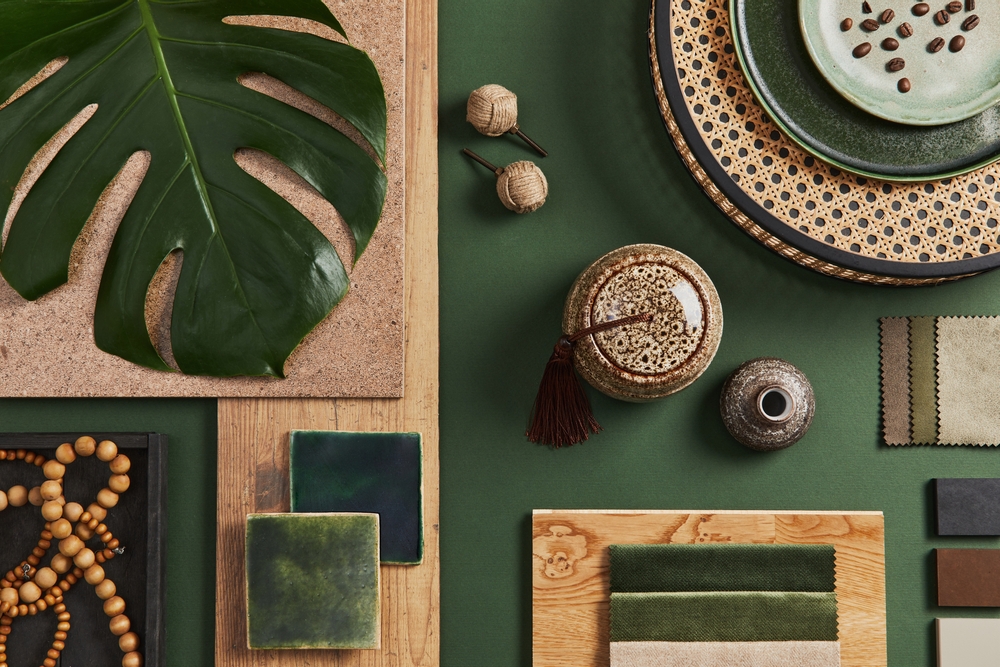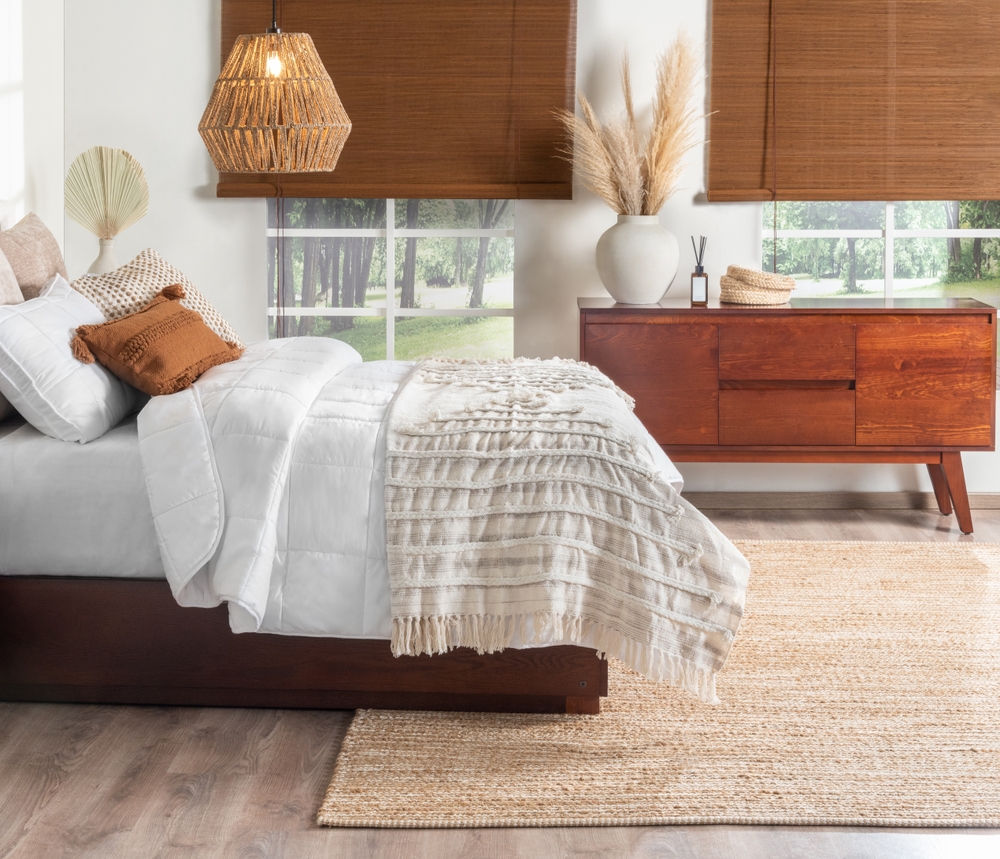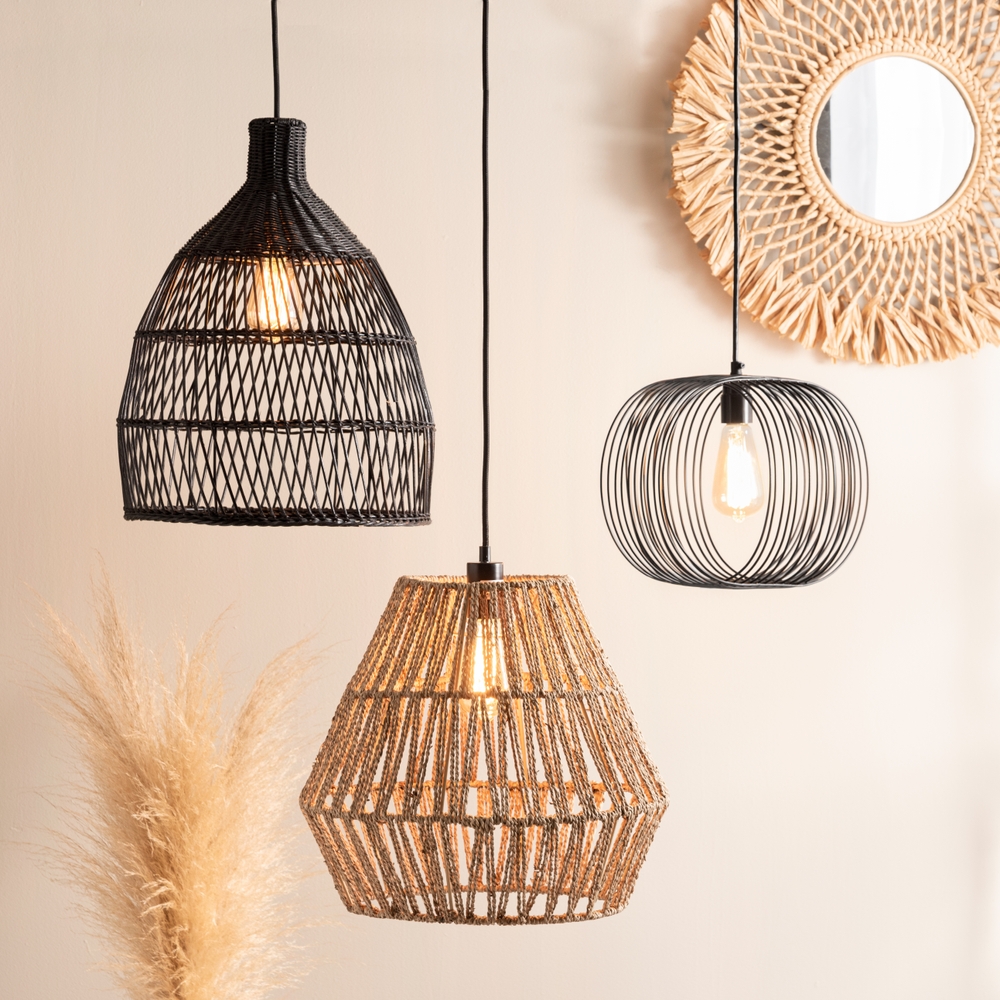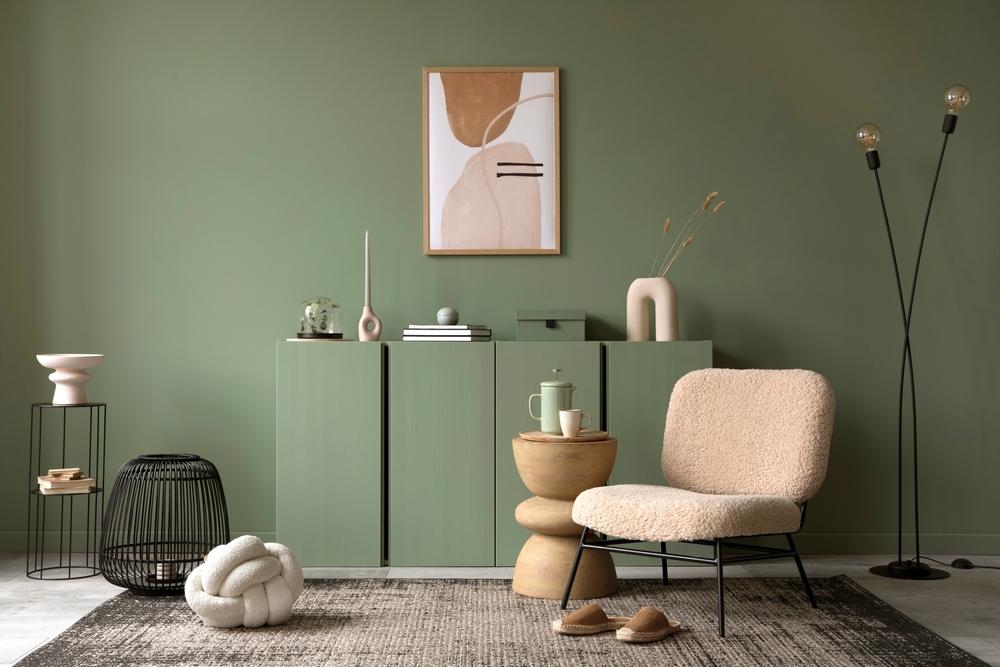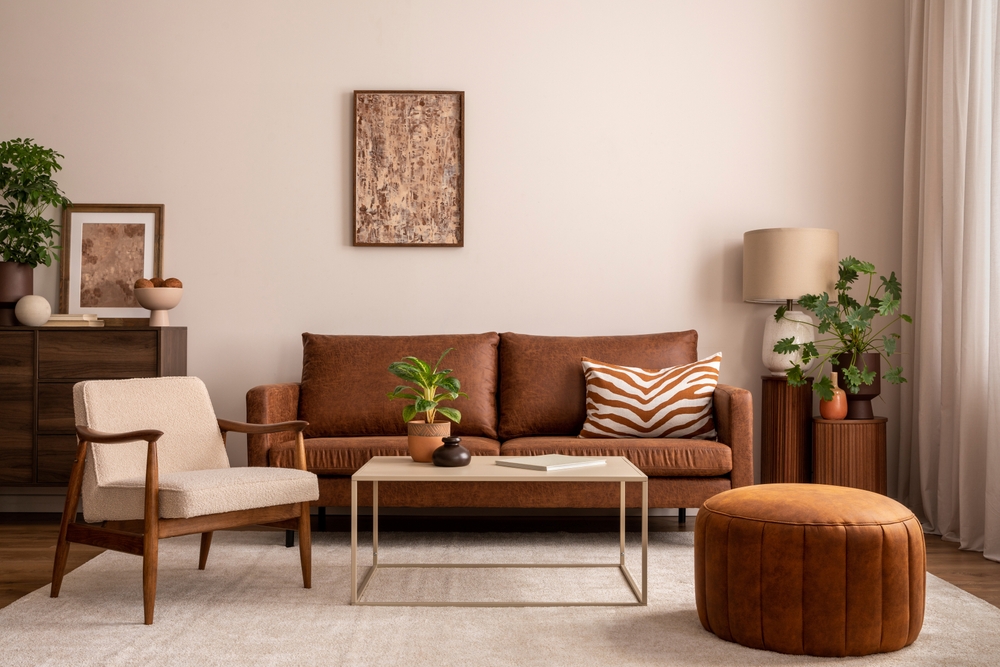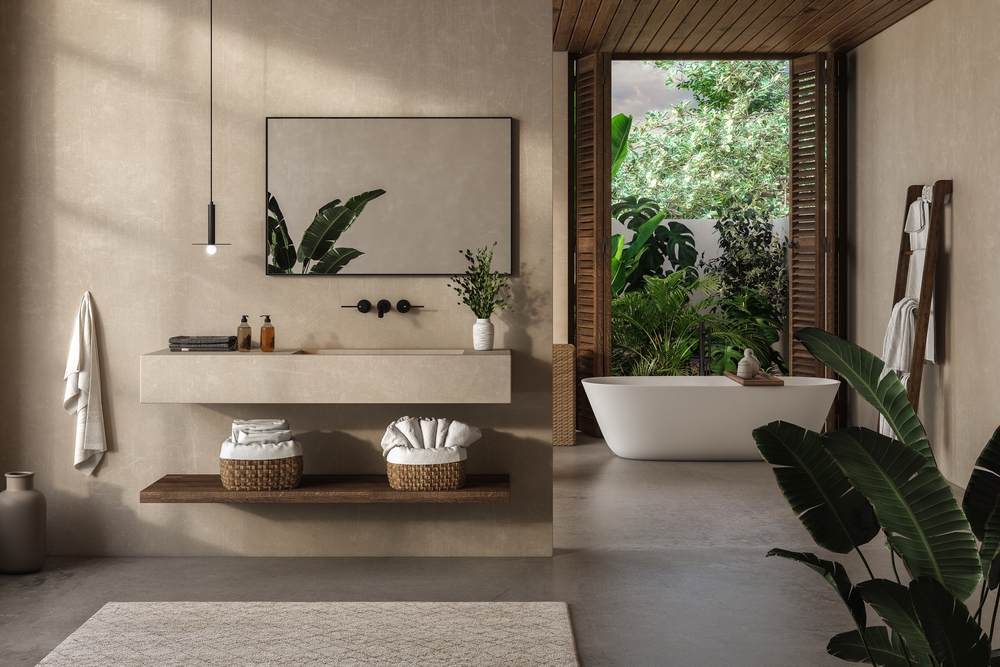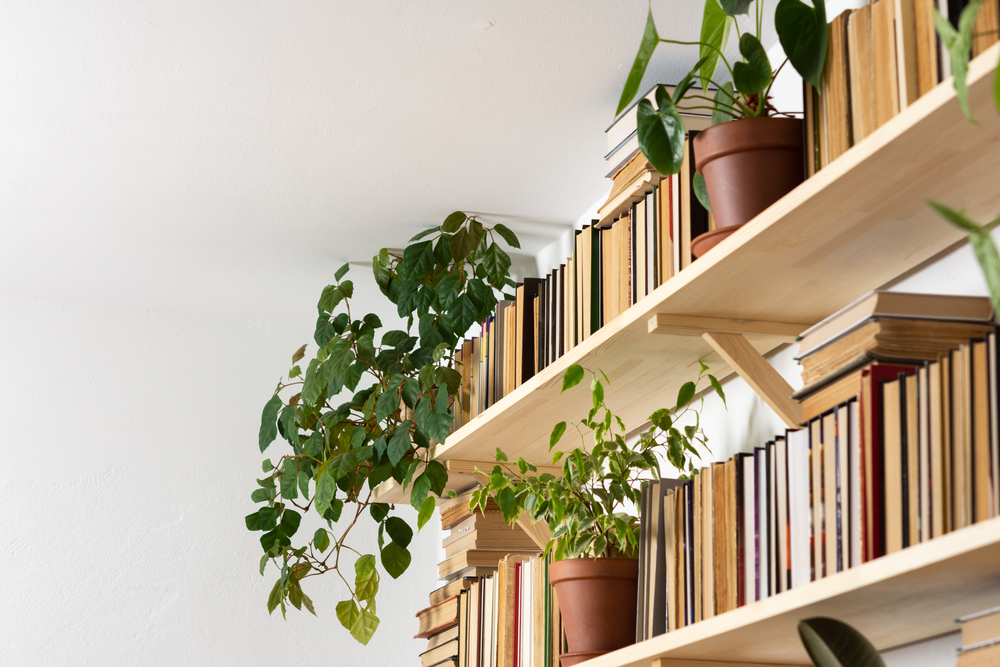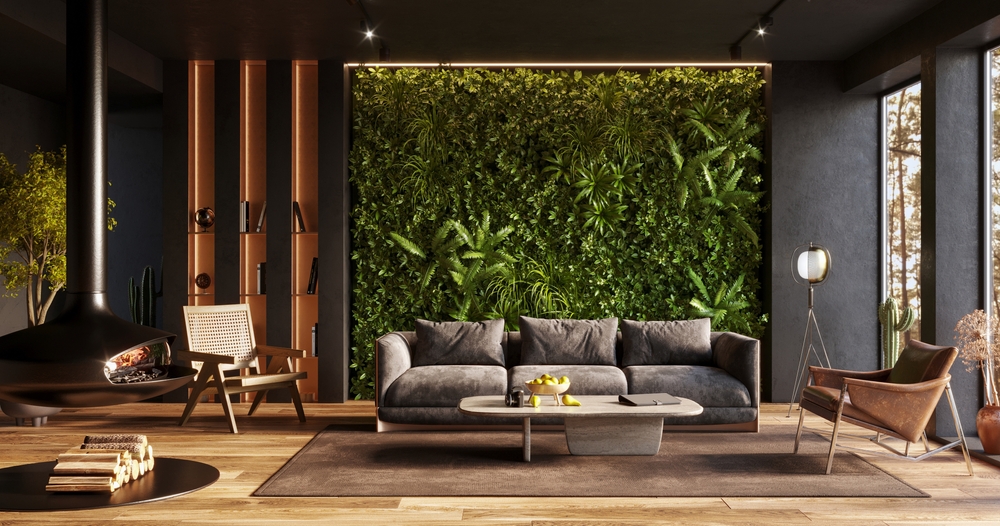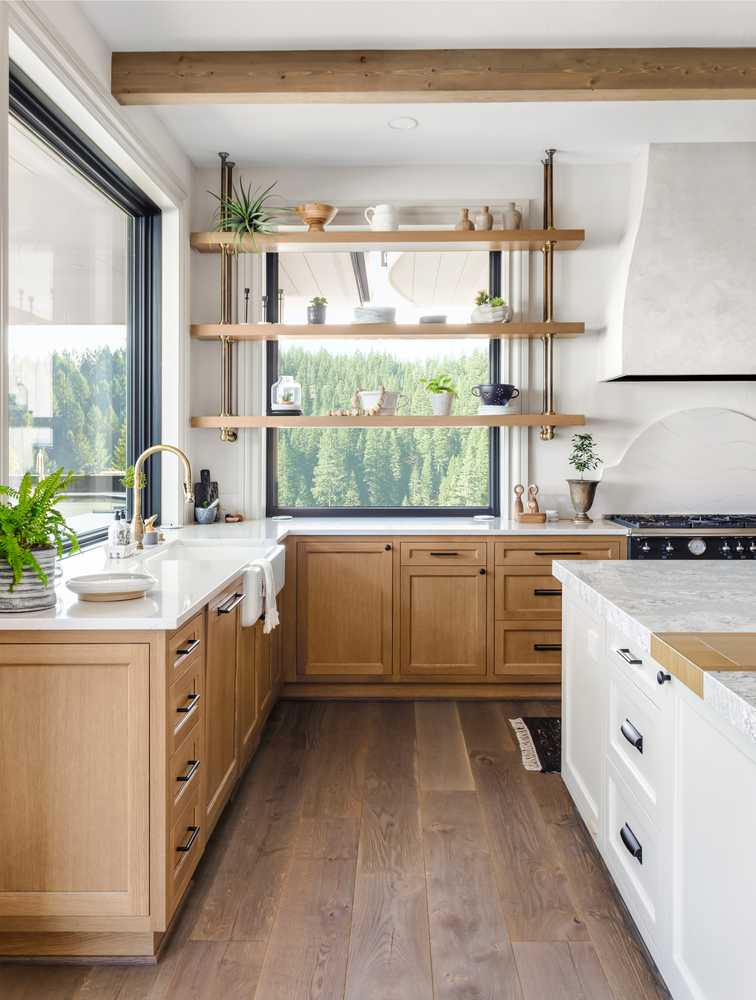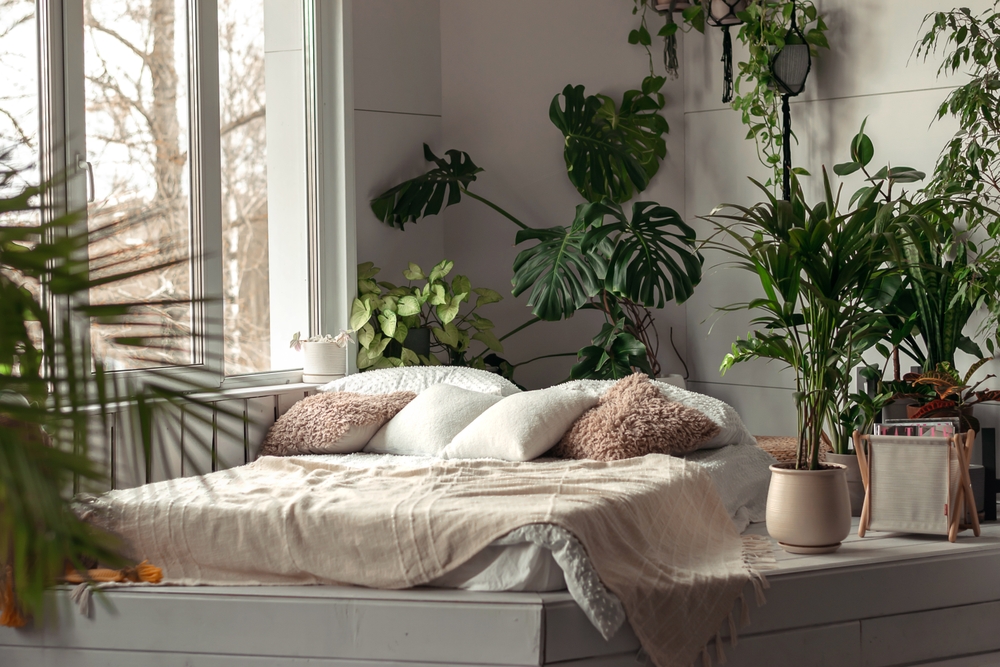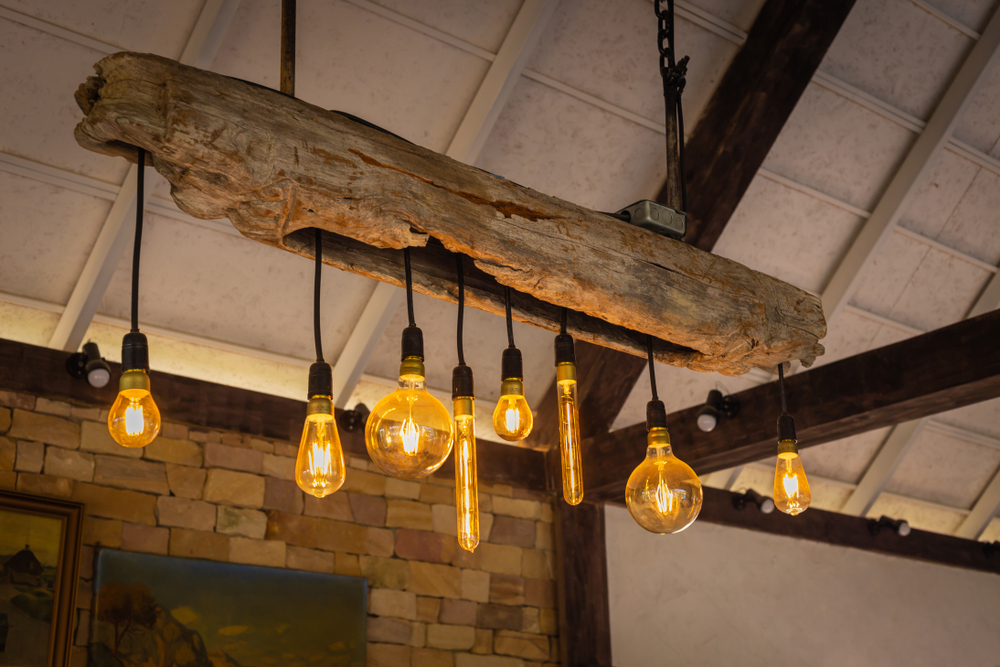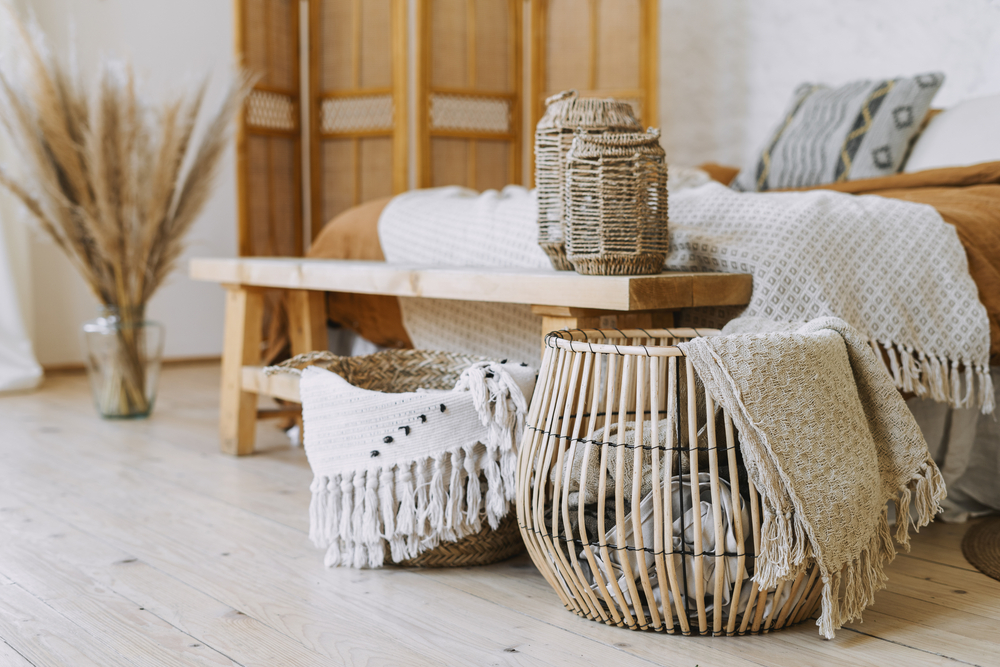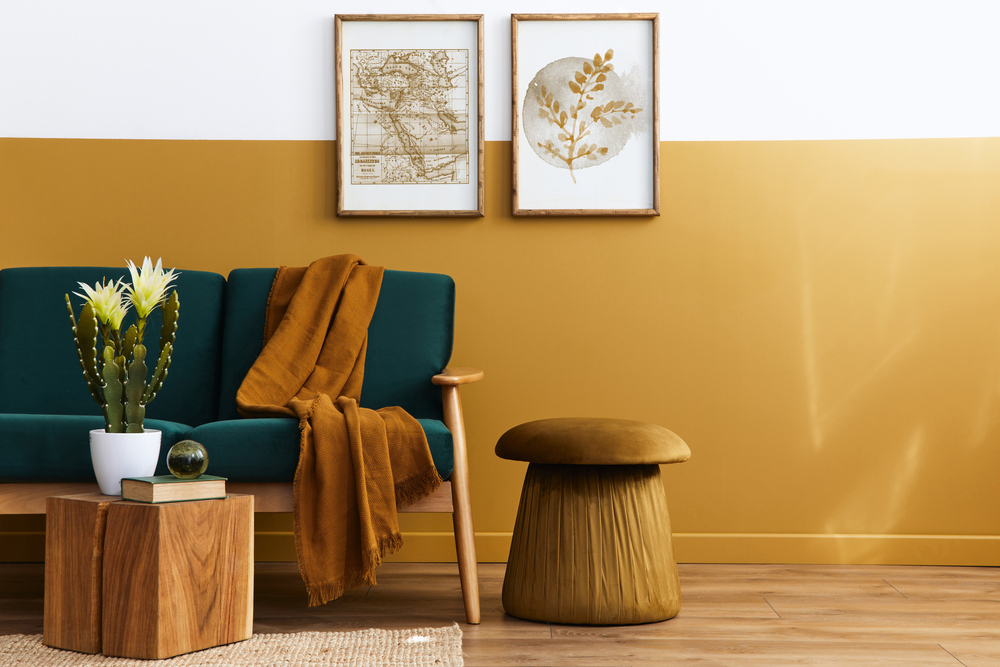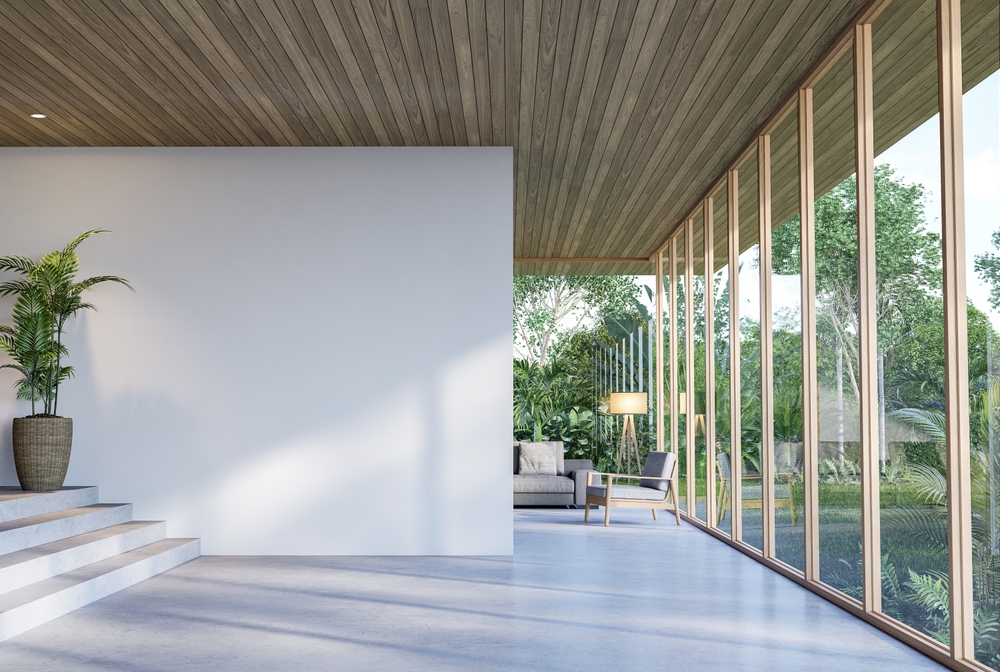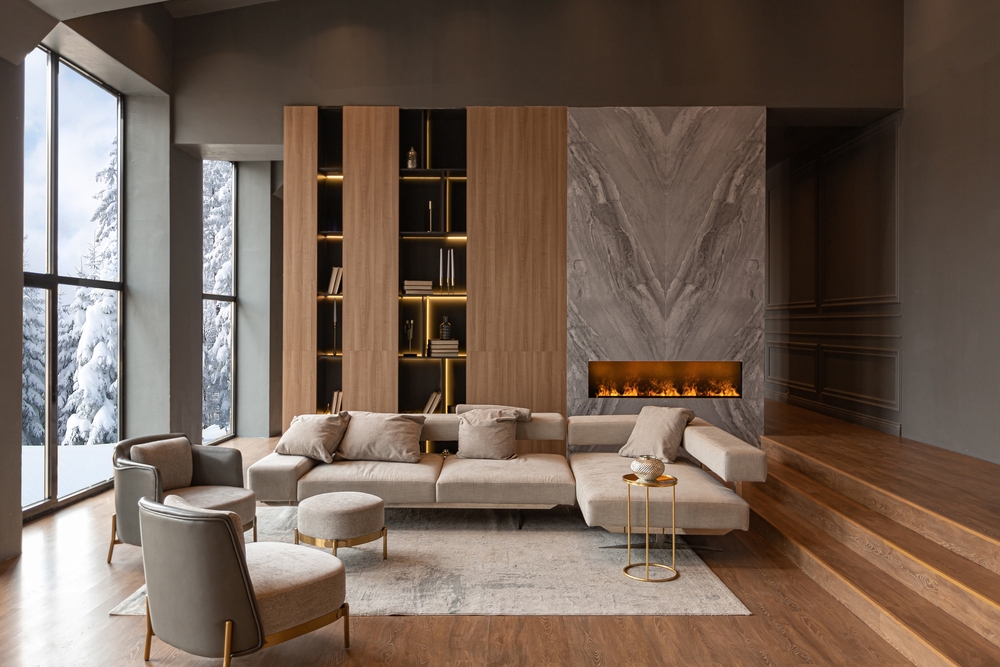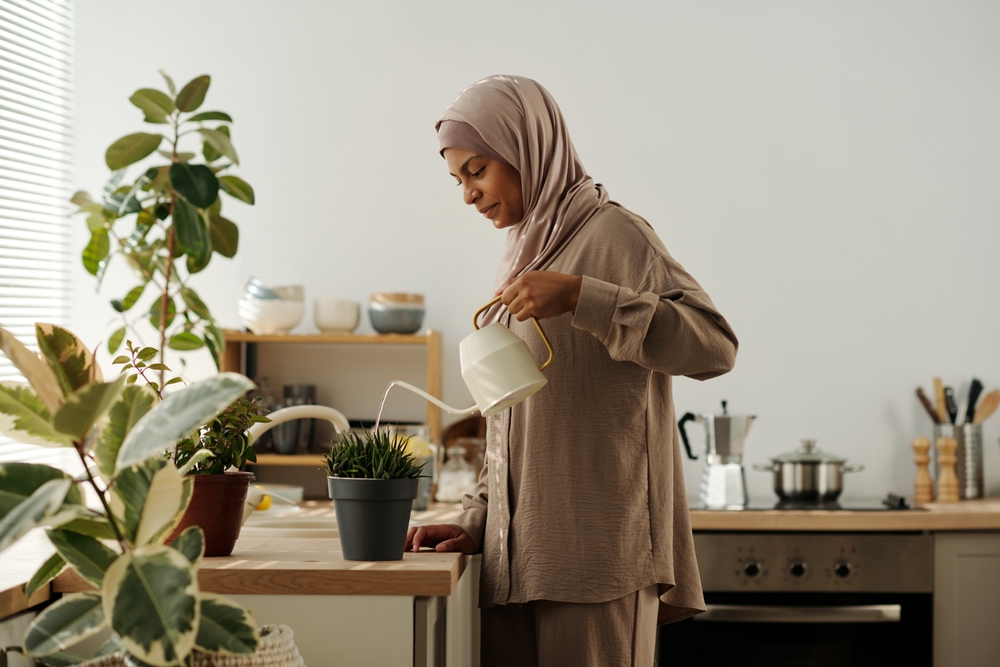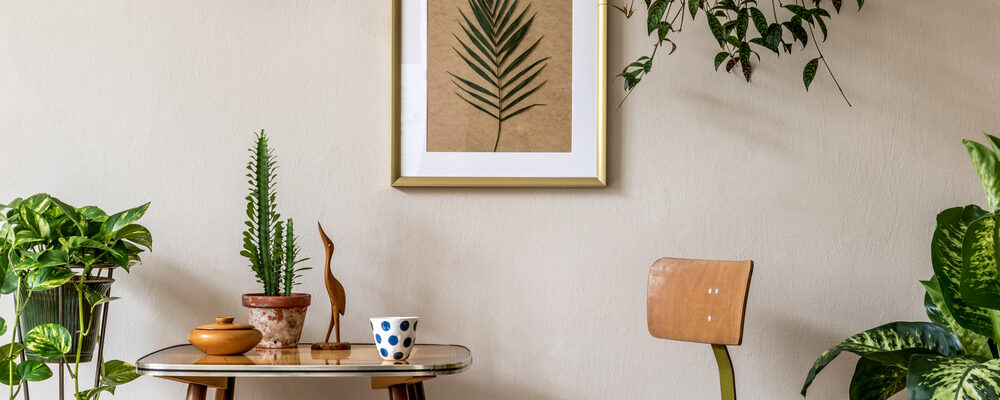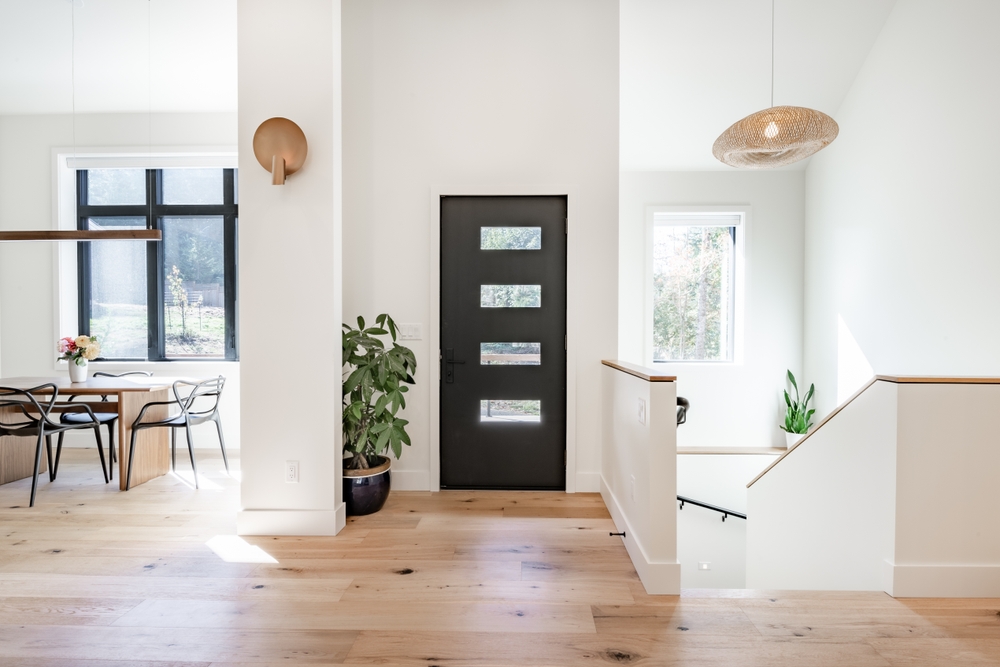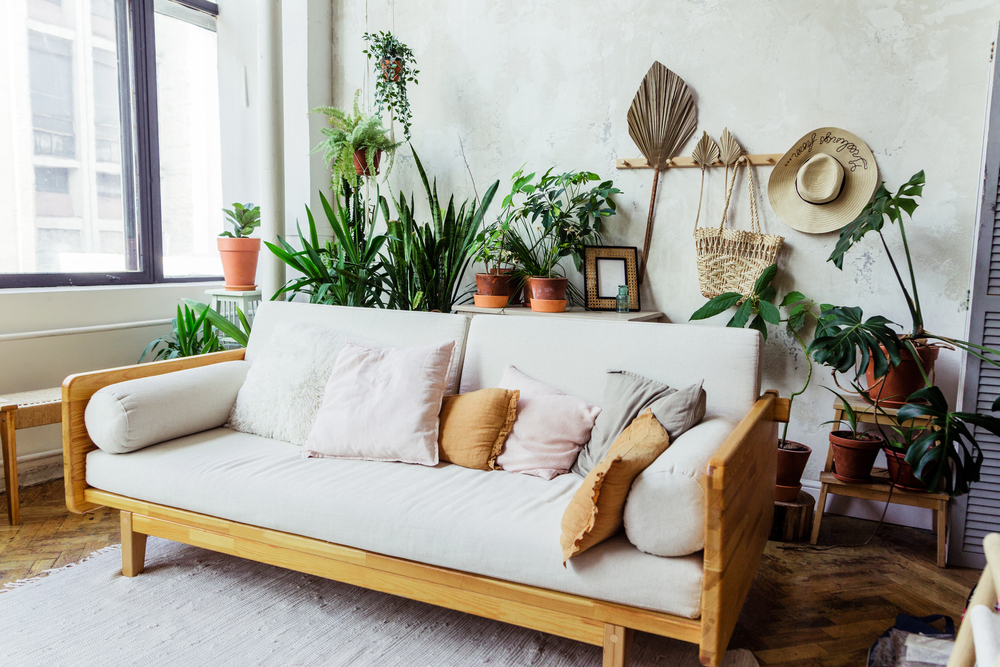As the sun sets and the world dims, outdoor lighting takes center stage. Lighting is a powerful tool that can beautify and protect your most precious spaces – your yard and home exterior included! And one important thing to consider when illuminating your outdoor areas is the color temperature of your light bulbs.
In this blog post, we’ll talk about outdoor lighting and go over the best light bulb color temperatures you can use to enhance the beauty, functionality, and safety of your outdoor spaces.
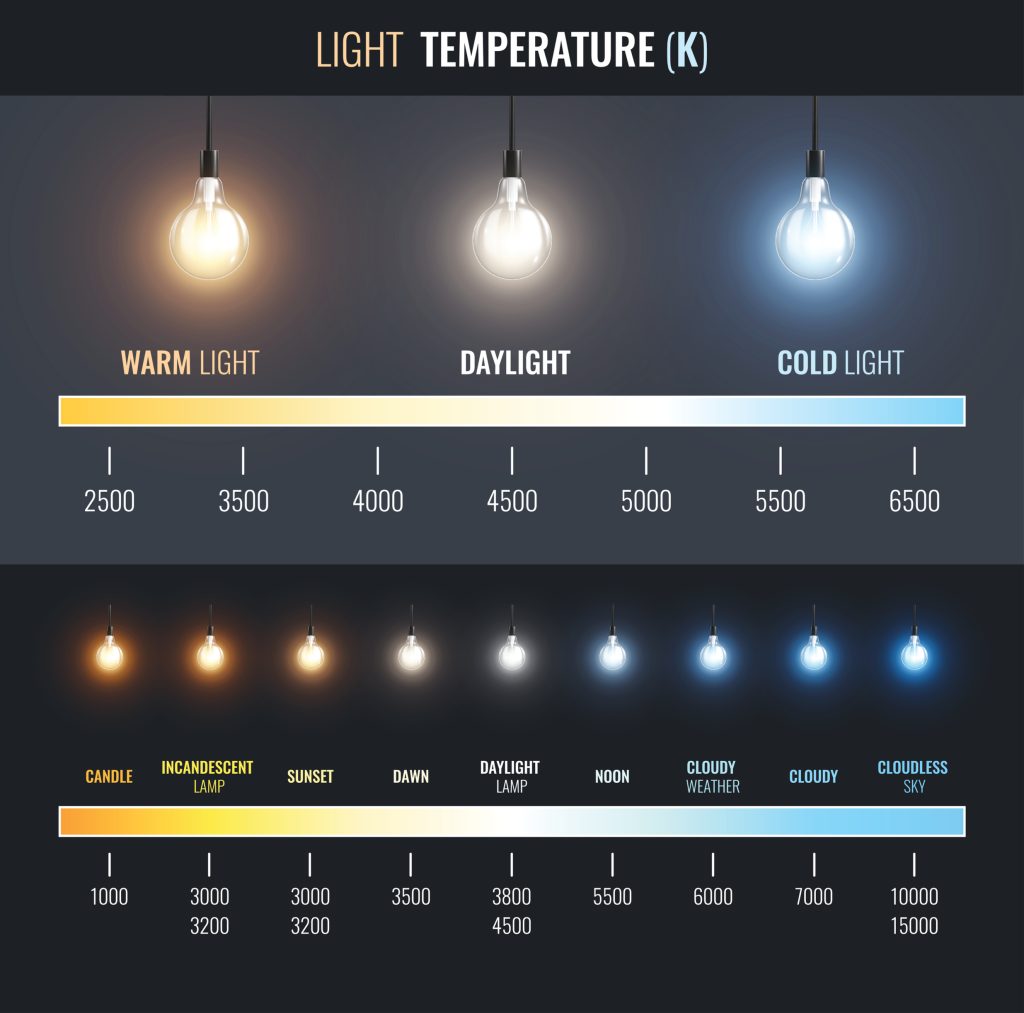
The Basics: Color Temperature
Color temperature is a measurement that describes the appearance of light coming from a light bulb. It is measured in degrees of Kelvin (K) and uses a scale between 1000K to 10000K, with the majority of residential bulbs being between 2000K-6500K. Light bulb temperature determines whether the light appears warm or cool. Warm light has a lower temperature (around 2200K to 3000K), while cool light has a higher temperature (around 5000K to 6500K). Generally, 2000K-3000K is the sweet spot for most outdoor lighting situations as bulbs in this range give off a soft white, almost yellow, glow. But there are some situations where other temperature ranges work better.
Fast Fact: The color of the natural light changes throughout the day. At midday, the light outside on a sunny day has a Kelvin temperature of around 5000K. Dawn and dusk have much warmer temperatures, around 3500K. This is one reason why you’ll see often see exterior lighting in warmer colors – it feels more natural to have lighting that mimics dusk than midday when enjoying a late evening outside.
So, let’s chat about some different areas of outdoor lighting!
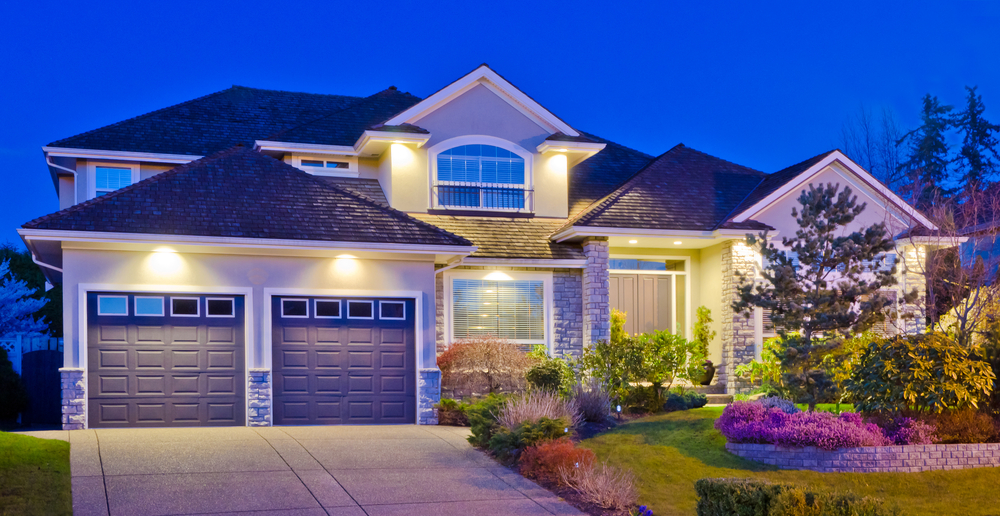
Entryways: Inviting Warmth
Your entryway is the first impression guests have of your home. To create a warm and welcoming atmosphere, choose light bulbs with a color temperature of around 2700K to 3000K. Soft white or warm white bulbs work best here, giving off a cozy glow. Consider using wall sconces or pendant lights that diffuse the light for a softer and more inviting ambiance. It also looks great (and improves safety) to light the pathway/sidewalk leading up to your entry with a similar warm white light.
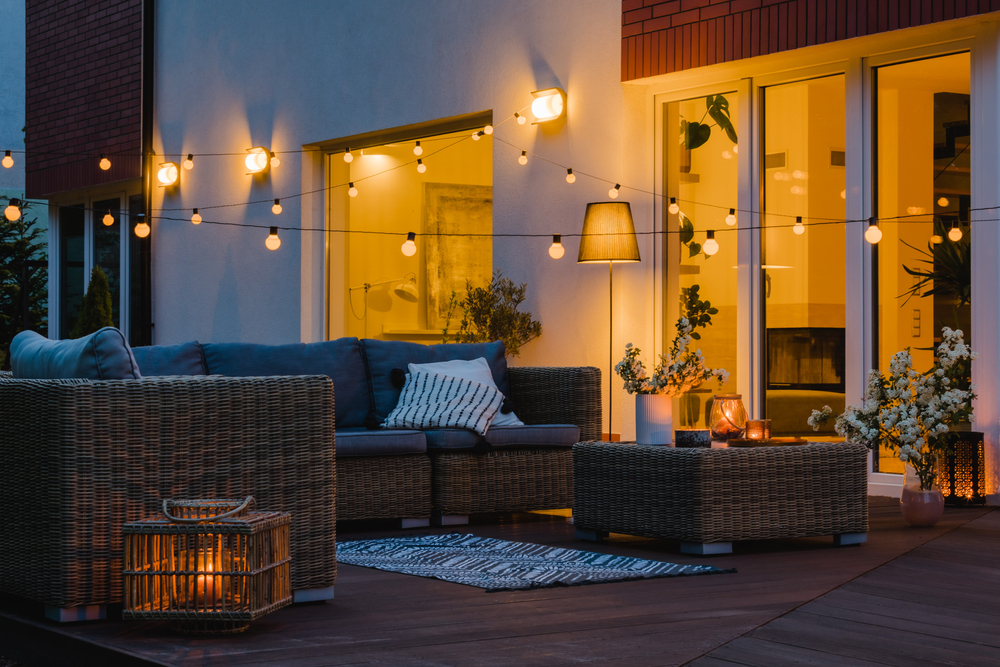
Patio Spaces: Versatile Lighting
Patios serve many purposes, so it’s important to have versatile lighting options. You can get creative and use different types of lighting and light bulb colors to set the mood you want. For intimate gatherings, dimmable LED bulbs with a warm color temperature (2700K-3500K) can create a relaxed and cozy atmosphere. You could also hang some strand lights above the space to provide some ambiance. For lively outdoor parties, you can play around with colored bulbs to add a playful touch.
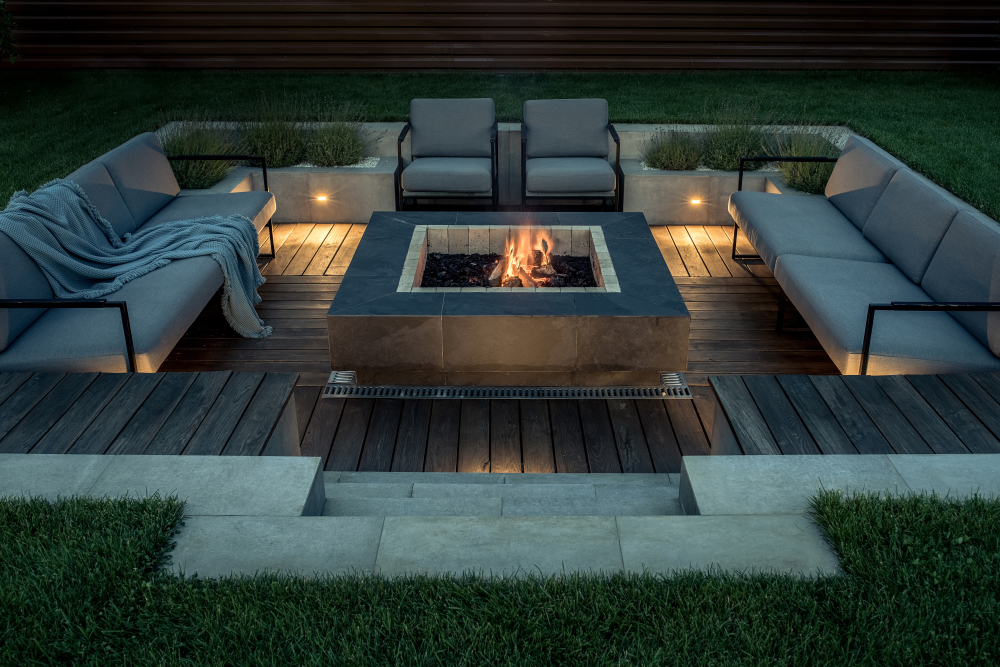
Outdoor Fireplaces/Kitchens: Cozy and Functional
Outdoor fireplaces and kitchens are perfect for entertaining and spending time with loved ones. In these areas, you need a balance between functionality and ambiance. For task lighting in outdoor kitchens, use cool white light bulbs (around 4000K to 5000K) to ensure clear visibility while cooking. To create a cozy and inviting atmosphere around the fireplace, choose warm white bulbs (around 2200K to 2700K). These add a touch of warmth and comfort that won’t be distracting.
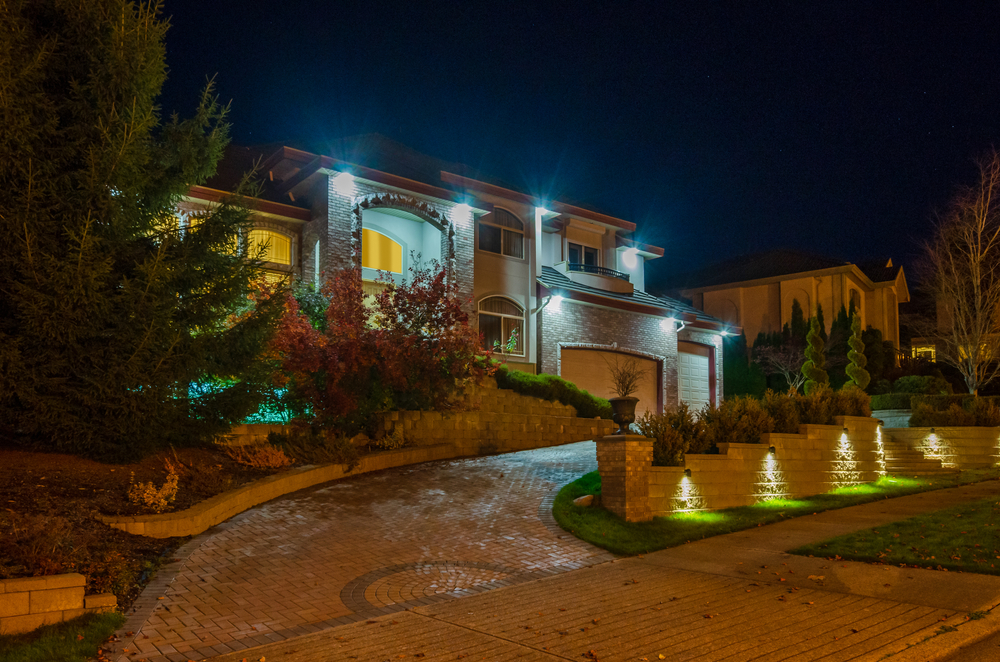
Security Lighting: Bright and Deterrent
Security lighting is important for the safety of you, your family, and your guests and goes a long way to deterring potential intruders. Properly lighting your pathways and stairs allows easy navigation of your property and minimizes any dark areas. Choose bright white light bulbs with a color temperature of 5000K to 6500K. These bulbs emit a cool white light that provides maximum visibility and clear surveillance. Consider installing motion sensor lights in strategic locations around your home, including entry and exit points and around sheds and other storage areas, to enhance security and discourage trespassing.
Pro Tip: Bright white refers to a light bulb’s color, not the amount of light it gives off. Bright white bulbs come in a variety of strengths, measured in Lumens, from dim to blinding. For security purposes, bright white bulbs with a high Lumen count are generally the best way to go.
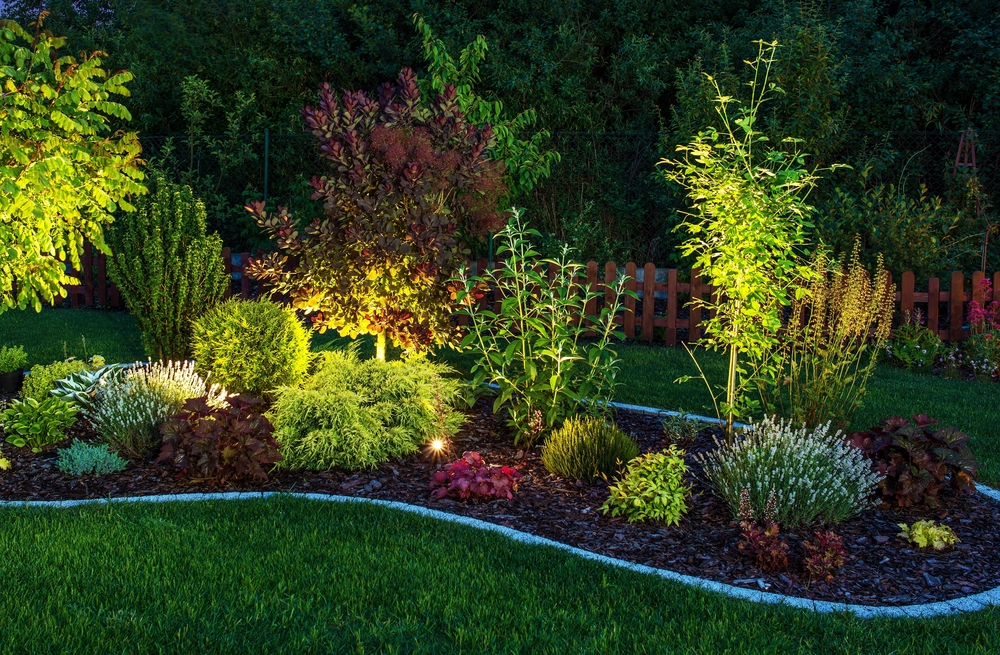
Landscape Lighting: Enhancing Beauty
Well-planned landscaping spotlights can transform your outdoor space. Use light bulbs with a color temperature of around 3000K to highlight the natural beauty of your plants and decor elements. This warm white light creates texture and adds depth to your landscape. Experiment with different angles and intensities to achieve an eye-catching outdoor lighting display.
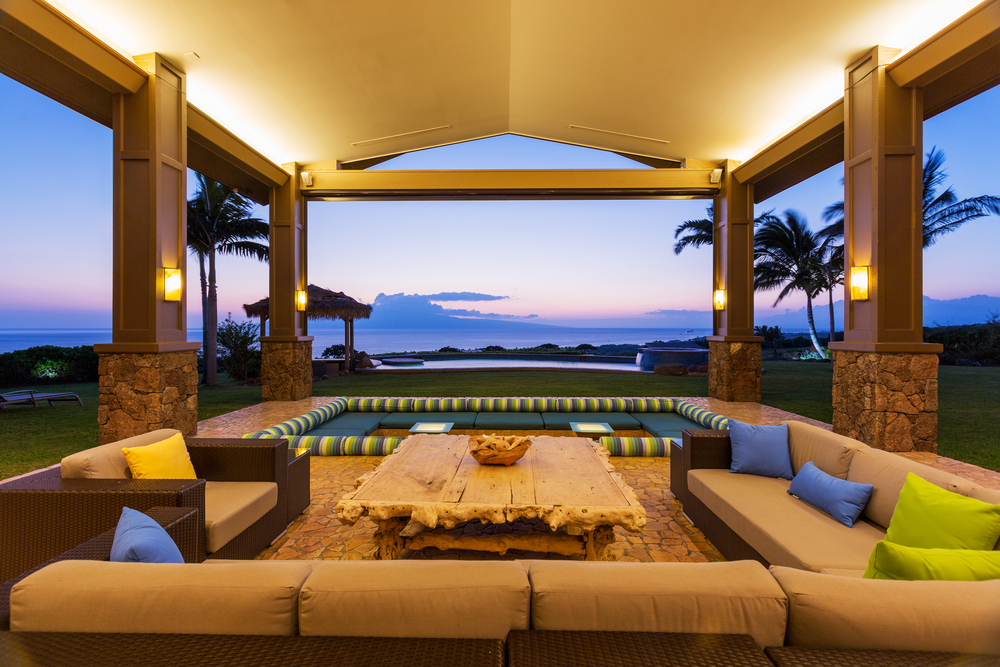
Outdoor lighting can be just as important as indoor lighting. Choosing the best outdoor lighting color temperature depends on what you are looking to illuminate and the look you are trying to achieve. Beauty, functionality, and safety should be your goals.
————–
Need help coming up with some bright ideas for improving your property’s outdoor lighting? The experts at Western Chandelier are happy to meet with you to bring your vision to life!
